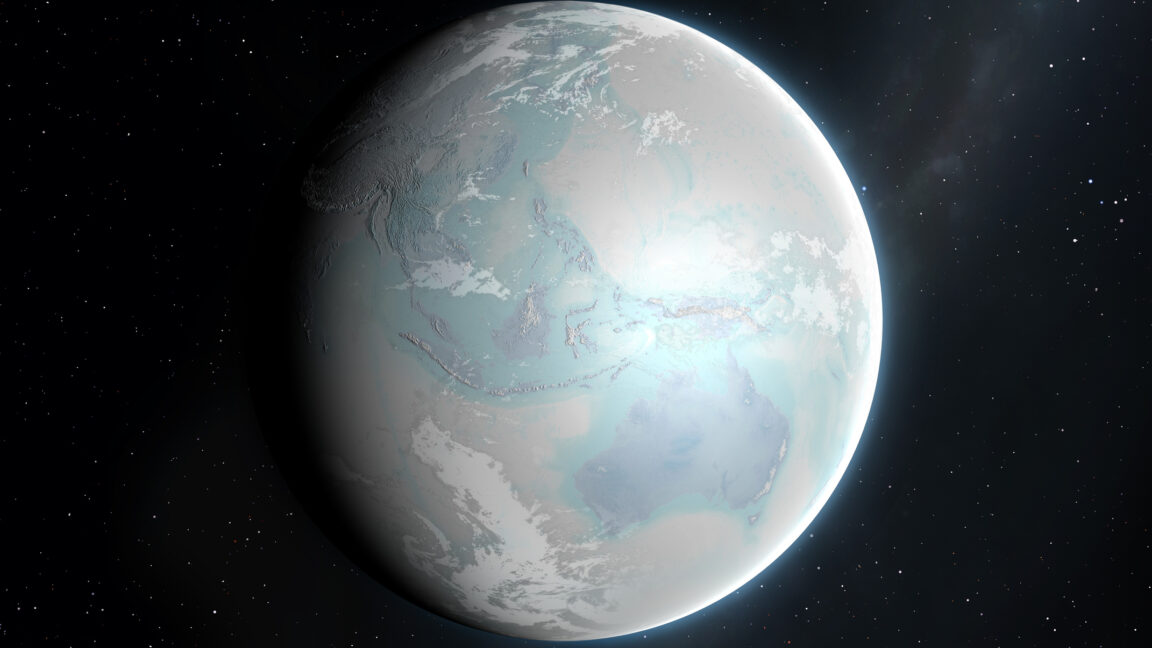All of which raises questions about what the snowball Earth might have looked like in the continental interiors. A team of US-based geologists think they’ve found some glacial deposits in the form of what are called the Tavakaiv sandstones in Colorado. These sandstones are found along the Front Range of the Rockies, including areas just west of Colorado Springs. And, if the authors’ interpretations are correct, they formed underneath a massive sheet of glacial ice.
There are lots of ways to form sandstone deposits, and they can be difficult to date because they’re aggregates of the remains of much older rocks. But in this case, the Tavakaiv sandstone is interrupted by intrusions of dark colored rock that contains quartz and large amounts of hematite, a form of iron oxide.
These intrusions tell us a remarkable number of things. For one, some process must have exerted enough force to drive material into small faults in the sandstone. Hematite only gets deposited under fairly specific conditions, which tells us a bit more. And, most critically, hematite can trap uranium and the lead it decays into, providing a way of dating when the deposits formed.
Under the snowball
Depending on which site was being sampled, the hematite produced a range of dates, from as recent as 660 million years ago to as old as 700 million years. That means all of them were formed during what’s termed the Sturtian glaciation, which ran from 715 million to 660 million years ago. At the time, the core of what is now North America was in the equatorial region. So, the Tavakaiv sandstones can provide a window into what at least one continent experienced during the most severe global glaciation of the Cryogenian Period.
